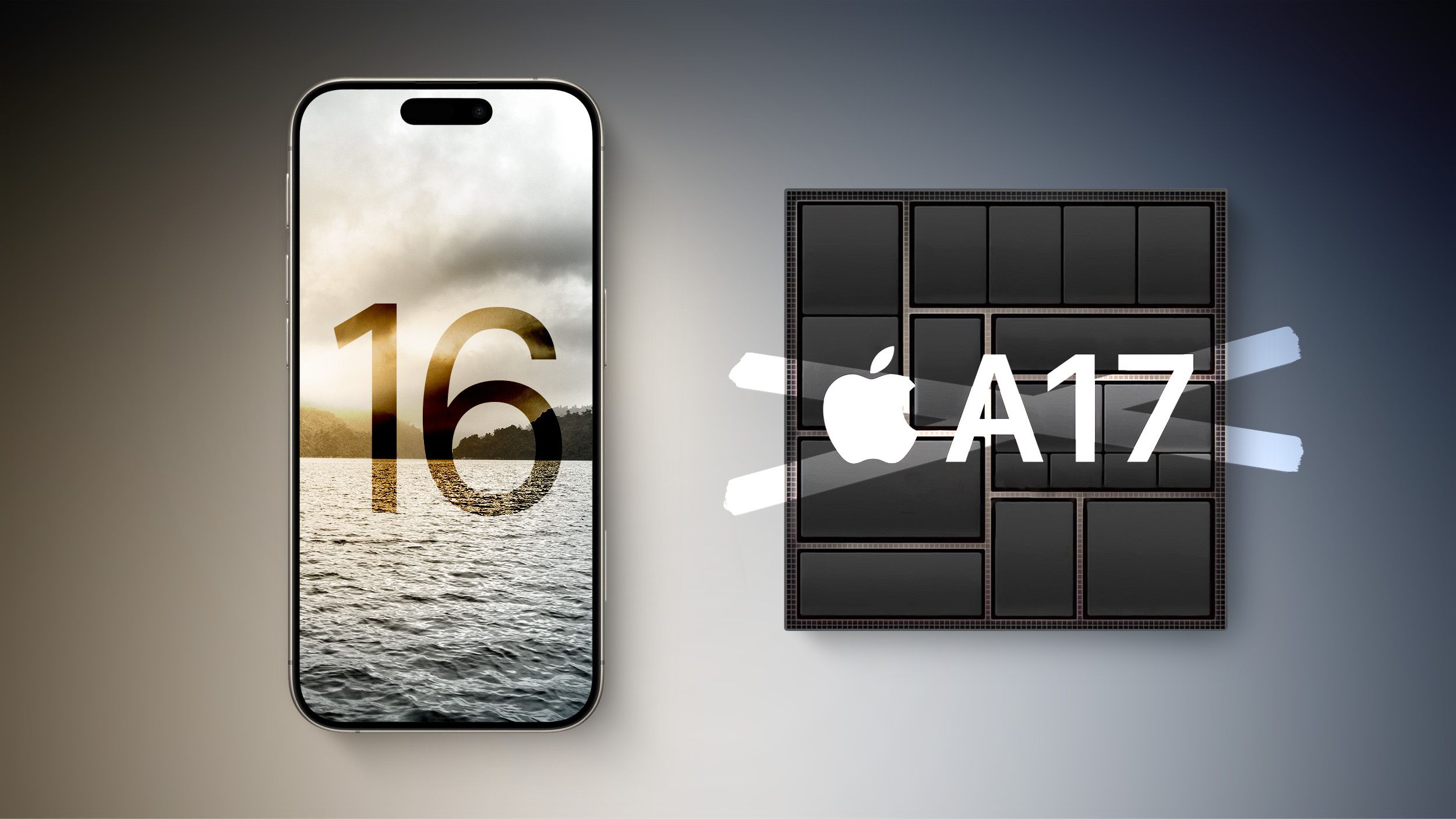Well, the answer to my question seems to be “No, this is not what TB5 support would look like,” so that’s not a good sign for new/updated displays during the M4 Mini/Studio/Pro event, whenever and whatever it will be.Ah I see. Is this die shot of the iPad Pro M4? And is it thought that the M4 that goes into the iPad Pro is likely to be the very same one that will go into the rest of the lineup later?
I ask about this in part because I am interested in getting an Apple Studio Display. People always say get what you need when you need it but in this case, it would be an upgrade and is not a must have, and if a better one may come out in a few months I'll wait. But if it likely won't come before the M5 desktops are out, then I might as well grab the current one....
That said, IMHO, the displays are a product weak point. Apple has replaced the 5K iMac/iMac Pro with the 5K Studio Display, but they haven’t yet followed through on the promise of the Mac Studio (an expanded range of Apple displays) beyond the Pro Display XDR.
Last edited:



